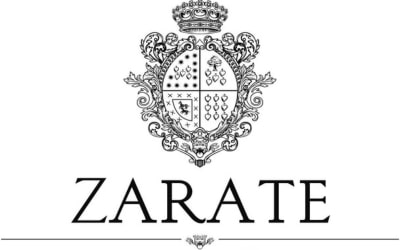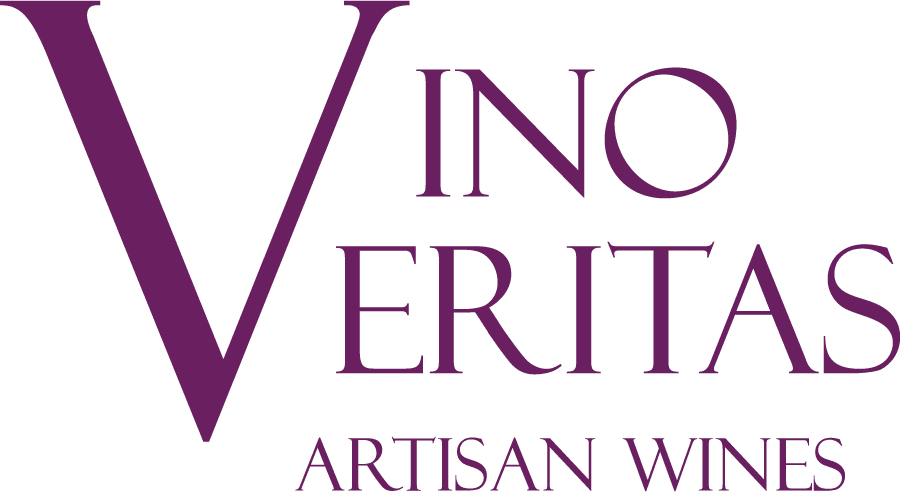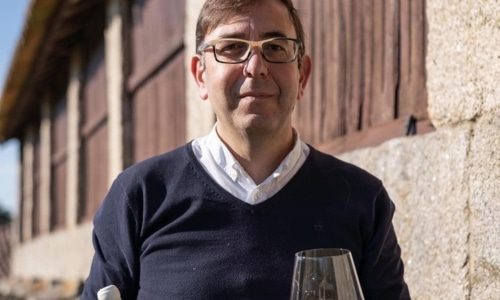
Zarate
Rias Baixas is nestled on the Atlantic Coast in Galicia in the Northwestern corner of Spain. It is a relatively new appellation, the DO having only officially formed in 1988. However, the history of this region goes back much further to the 12th century when the Cisterian Monks are reported to have introduced the Albariño grape to the region. It is actually made up of five distinct sub-regions, each with its own soil type and microclimate.
Historically, Rias Baixas was primarily planted to red grapes. In fact, by the early 20th century, production leaned 95% red and only 5% white. Today, of course, the region is primarily known for its bracing, fresh and salty Albariño. And while there were a total of 30 wineries when the DO was formed in 1988, today there are close to 200 to keep up with worldwide demand for what is now perhaps Spain’s most well-known white wine.
While the vast majority of Albariño is made on an industrial scale to knock back easily in its youth, there are a handful of tiny artisanal producers who are pushing the boundaries of this region and this varietal and crafting some of Spain’s most original, complex and age-worthy white wines. And in the top echelon of this pyramid is Bodegas Zarate, who is one of Rias Baixas’ and Spain’s most exciting and talented winemakers.
The Zarate estate has a long history, dating back to 1707. In 1850, they planted what is now Rias Baixas’ oldest documented pre-phyloxera Albariño vineyard called El Palomar, which still produces wine to this day. There are also ancient plantings of Loureiro Tinto and Caiño Tinto which have become super rare in an appellation that is now almost exclusively planted to white grapes.
Today, the winery is run by 7th generation, Eulogio Pomares, who started in 1999. Like many top winemakers, he is not only uber-fastidious in the vineyards and cellar, but he is also one who is a lover of the great wines of the world and makes it a point to visit top domaines not only in Spain and nearby Portugal, but also other regions like Burgundy, Barolo and Champagne. This curiosity and world view of wines he feels helps to sharpen his techniques and perspectives for his own wines.

est 2005
© 2025 Vino Veritas, All Rights Reserved





